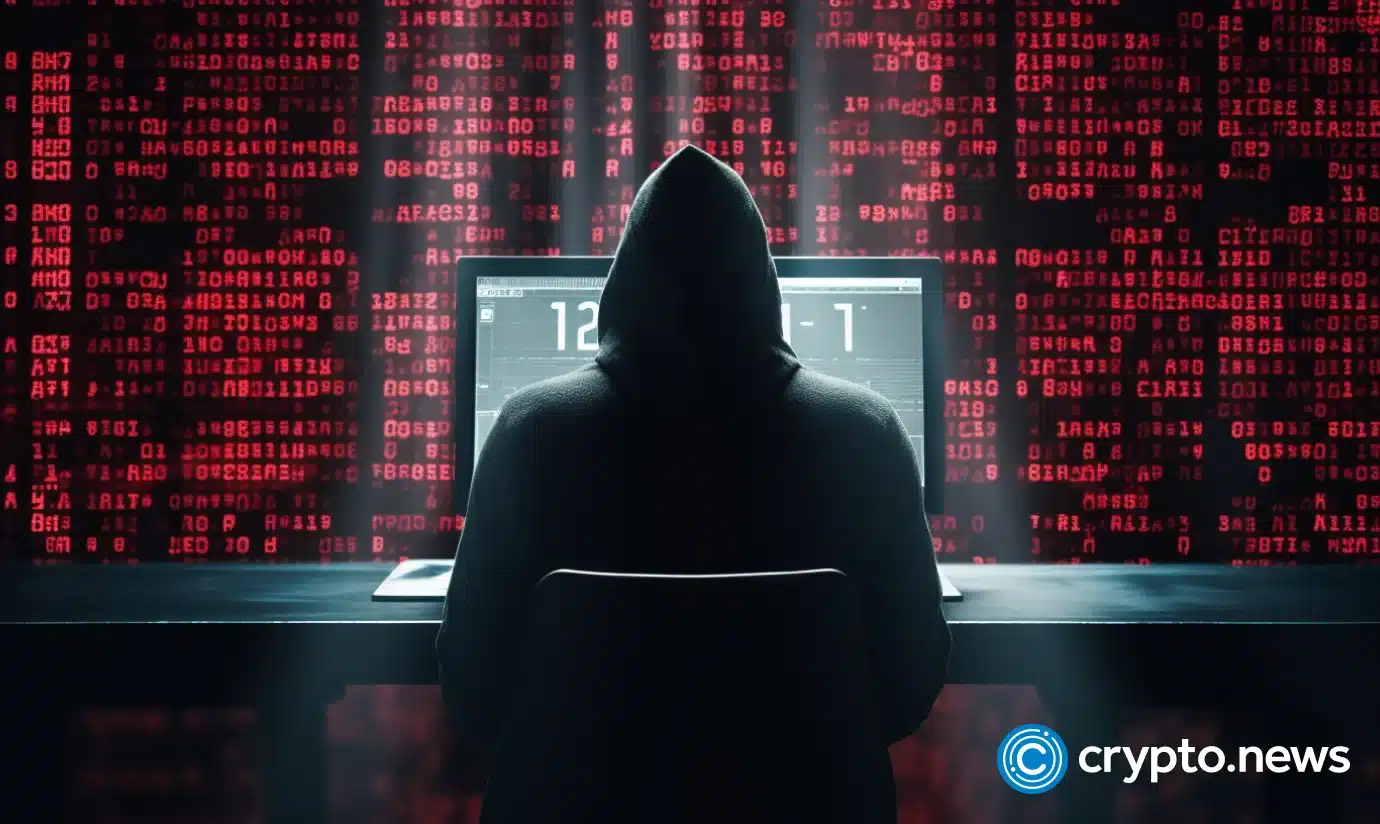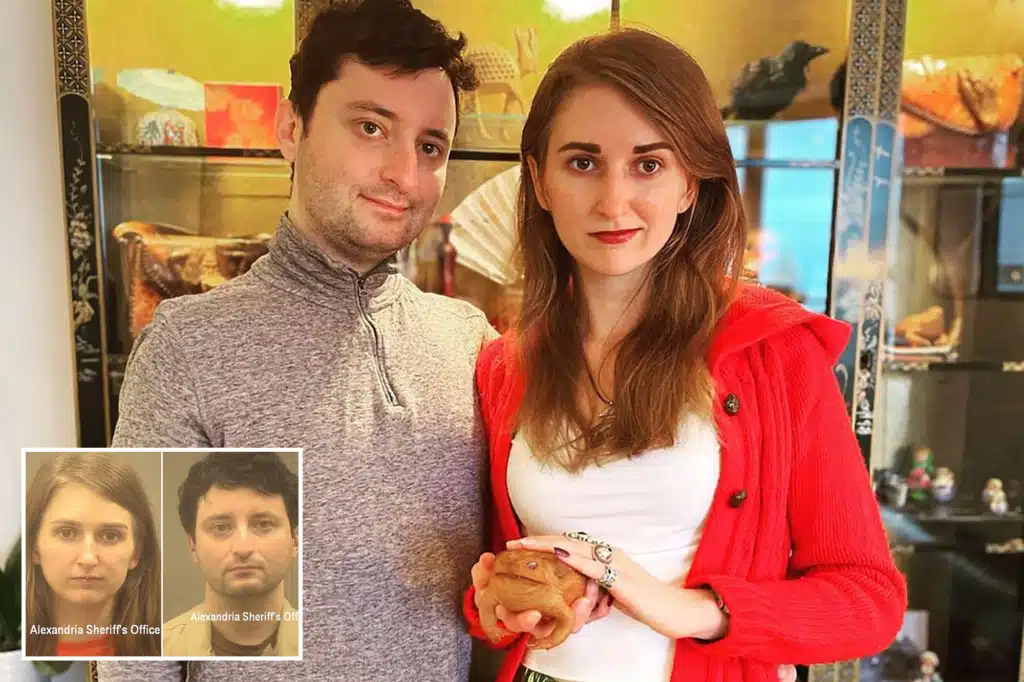Bitfinex hacker turns government witness, explains tactics used in 2016 theft

In a recent trial in Washington, Ilya Lichtenstein disclosed how he carried out the monumental Bitcoin theft from the crypto exchange Bitfinex in 2016.
As a cooperating witness for the U.S. government in a money laundering case, Lichtenstein admitted to infiltrating Bitfinex’s security systems over an extended period. His criminal activities extended beyond Bitfinex, as he compromised accounts on other leading cryptocurrency platforms, including Coinbase and Kraken.
Lichtenstein highlighted his use of Bitcoin Fog, a cryptocurrency mixing service implicated by US prosecutors in facilitating the laundering of substantial sums from darknet marketplaces involved in illegal narcotics sales. The motive behind Lichtenstein’s decision to target Bitfinex in 2016 was reportedly linked to challenges he faced with his technology startup in San Francisco.

The former hacker explained to the jury his methodology for capturing customer passwords on Bitfinex, which he then exploited to gain unauthorized access to accounts on other exchanges. Although Lichtenstein utilized several mixing services to disguise the origins of the stolen funds, he clarified that these mixers were not employed for the bulk of the laundering process. Instead, he admitted to depositing funds into various cryptocurrency exchanges using identities bought from the darknet.
Lichtenstein, alongside his wife, Heather Morgan, previously entered a guilty plea for their roles in a conspiracy to launder money derived from the hack.
During the plea hearing last year, the U.S. prosecutors claimed that Lichtenstein and his wife used fake IDs to set up online accounts and hide the digital footprint of their stolen funds by constantly depositing and withdrawing the money from different exchanges and dark web markets. Some of the stolen funds were even used to buy NFTs and gold.













